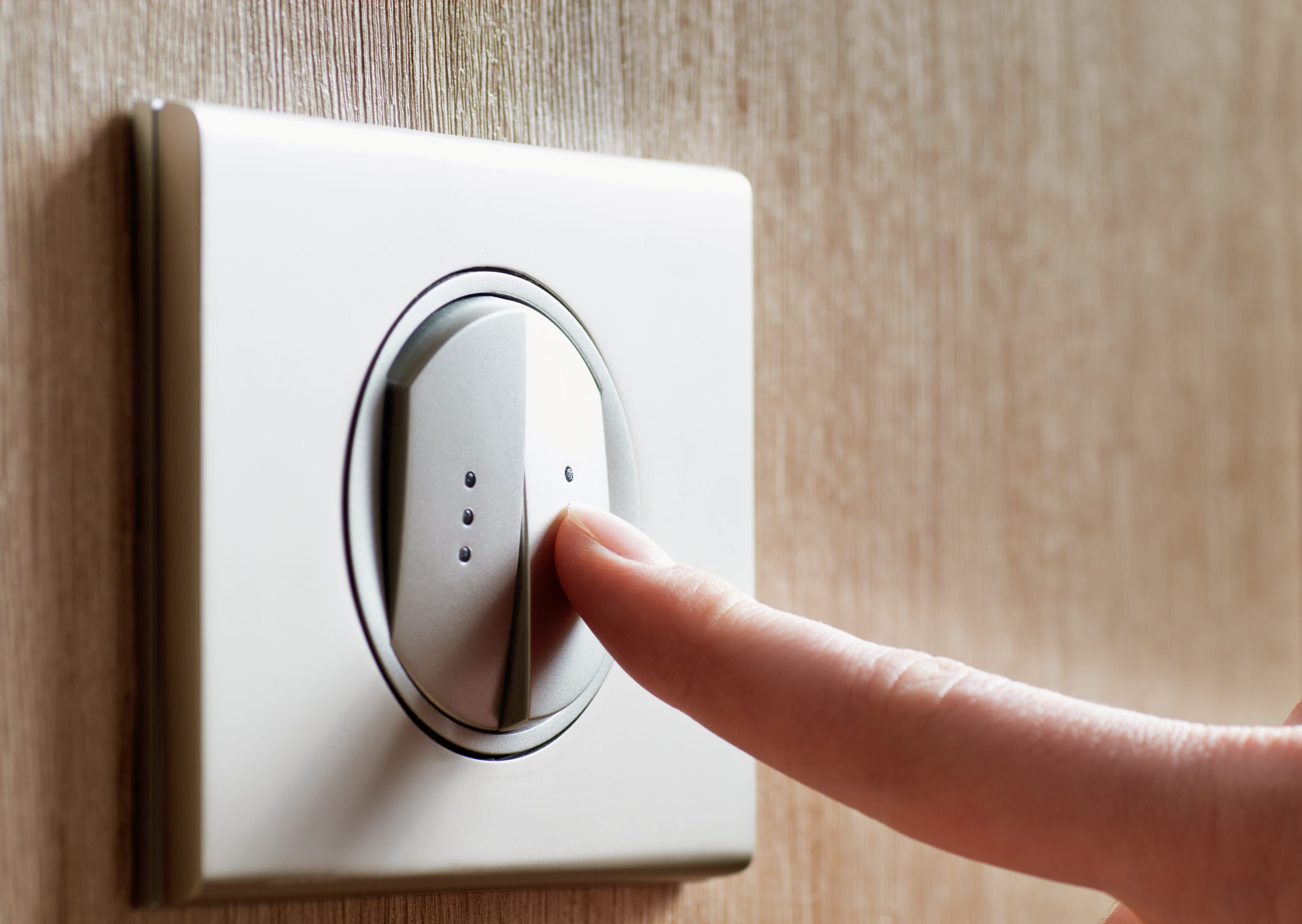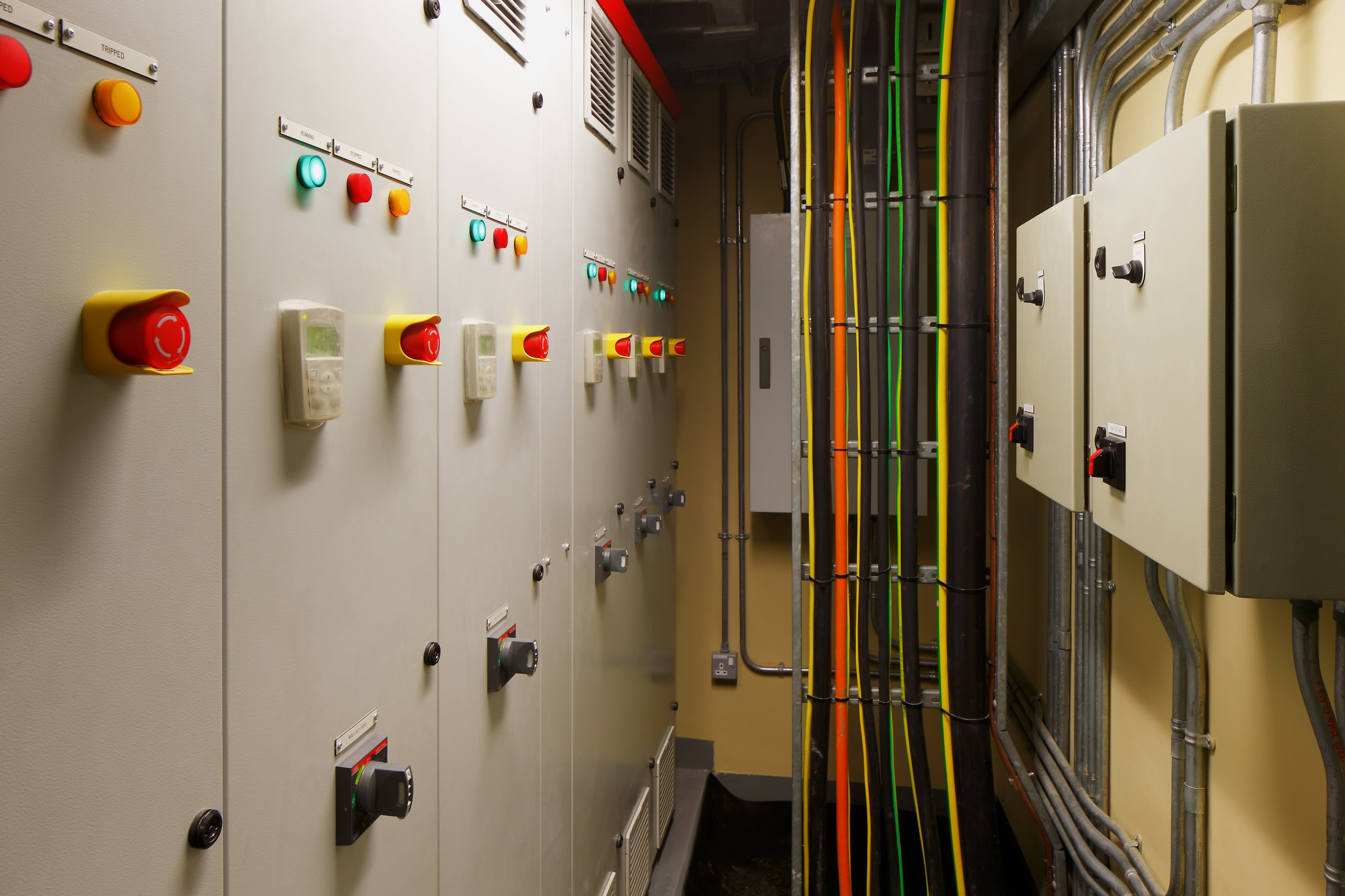- Published 9 Jan 2024
- Last Modified 6 Mar 2024
- 6 min
Switch Technology: From Basics to Modern Innovations
Explore the evolution of switch technology from simple basics to cutting-edge innovations, shaping modern industry and applications.

Switches, a crucial yet often overlooked aspect of modern machinery, has evolved remarkably. From its origins as a primary mechanical device to its current status as a linchpin in advanced systems, the journey of switch technology mirrors the dynamic path of technological progress. In this exploration, we discuss the historical development and the potential future trajectory of switches. We will be touching on its critical role in various industrial applications, starting with the foundational principles of switch operation and moving to the cutting-edge innovations reshaping modern industries.

The Basics of Switch Operation
At the heart of numerous devices and systems is the humble switch, a component crucial for connecting and controlling electrical circuits. In simpler terms, switches are the gatekeepers of electrical flow, directing current where and when needed. While simple in concept, their basic operation underpins much of modern electronic communication and control systems. A deeper understanding of traditional switch operation lays the groundwork for appreciating the advanced technologies that define the field.
The Principle Behind Traditional Switches
Traditional forms like toggle, push-button, and rotary switches were foundational in the early stages of switch technology. These types, governed by simple mechanical actions, were pivotal in the development of electrical control systems. Each type of switch, with its unique mechanism, offers a glimpse into the early design and functionality of switch technology. For instance, the binary functionality of the toggle switch, the momentary or maintained control of the push-button switch, and the multiple position settings of the rotary switch all highlight the diversity and adaptability in early switch designs. This base knowledge is critical for understanding the advancements that have shaped the applications of modern switch technology.
Understanding Contact Arrangements
Exploring contact arrangements such as Single Pole Single Throw (SPST), Single Pole Double Throw (SPDT), Double Pole Single Throw (DPST), and Double Pole Double Throw (DPDT) reveals the complexity and adaptability of traditional switch technology. These configurations determine a switch's function in a circuit and have enabled a broad spectrum of applications. Whether controlling a simple home lighting system or managing the operations of complex industrial machinery, these configurations underscore the precision and versatility inherent in traditional switch designs. The progression from these foundational elements to modern switch innovations is not just a technological leap but also a testament to the ingenuity and foresight of early electrical engineers.

Modern Innovations in Switch Technology
Upon this foundation, the evolution of switch technology in the modern era stands as a testament to human ingenuity and technological advancement. The shift from traditional mechanical designs to digital and automated systems marks a significant leap in functionality, reflecting changing user needs and the rapid pace of technological innovation.
From Mechanical to Touchscreen and Capacitive
The transition from mechanical to touchscreen and capacitive switches represents a significant shift in design philosophy and user interaction. Aligning switch technology with the intuitive interfaces of the digital age, this evolution marks a move towards more efficient, user-friendly control systems. These modern switches, now ubiquitous in consumer electronics and industrial applications, signify a substantial advancement in switch functionality and user experience. They exemplify how switch technology has adapted to the demands of a digital, increasingly touch-oriented world.
From the Electronic Era to Smart Switches
The evolution from electronic switches to smart switches encapsulates integrating traditional mechanisms with digital technology. Smart switches, central to the Internet of Things (IoT) and automation, illustrate how switch technology has evolved to play a crucial role in interconnected and automated systems. This integration is a notable advancement, broadening the scope of switch applications to include areas like industrial control, home automation, and beyond. The convergence of switches with IoT and automation technologies is not just a leap in functionality but also a stride towards more intelligent, more responsive systems.
Evolution of Energy Consumption in Switches
In line with global environmental sustainability efforts, the evolution of switch technology has increasingly focused on energy efficiency. Modern switches are engineered not only for performance and durability but also for reducing energy consumption and extending the lifespan of devices. This shift towards energy-efficient designs is crucial in the context of today’s environmental challenges. It demonstrates how switch technology aligns with broader ecological goals, underlining the industry’s commitment to sustainable development.
Elevate Your Operations with RS’s Range of Switches
In essence, the right switch technology is not merely a component; it’s a key driver of efficiency, safety, and innovation in various industrial applications. At RS, we offer a diverse array of advanced switch solutions meticulously selected to meet the unique challenges of modern industries. Choosing RS means equipping your operations with high-quality switch technologies that enhance productivity and propel operational efficiency to new heights. We invite you to explore our range and discover how the right switch can be a game-changer for your business operations. Trust RS to provide the cutting-edge tools and expert guidance needed to power your journey into the future of industrial success.
Popular Switch Brands
RS Pro
RS Pro is renowned for its comprehensive range of high-quality switches. Offering a diverse selection, their products are designed to cater to both industrial and domestic applications. RS Pro switches are known for their reliability, durability, and ease of use, making them a preferred choice for professionals and home users alike. From toggle switches to push-button models, RS Pro provides solutions that ensure safety and efficiency in various settings.
Eaton
Eaton stands at the forefront of switch technology with its innovative and robust offerings. Specialising in electrical control, power distribution, and industrial automation, Eaton's switches are engineered for exceptional performance and longevity. Their products, which range from safety switches to complex network switches, are designed to meet the rigorous demands of modern industry, ensuring reliability and operational excellence in every application.
Schneider Electric
Schneider Electric is a global leader in the switch market, known for their cutting-edge technology and sustainable solutions. Their switches, including light and power control switches, are crafted with precision and designed for energy efficiency and ease of integration into existing systems. Schneider Electric's focus on innovation and sustainability makes their switches ideal for those looking to optimise energy usage and enhance control in both residential and commercial environments.